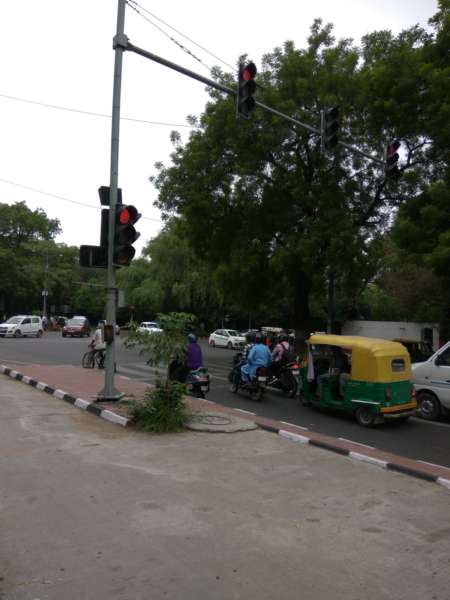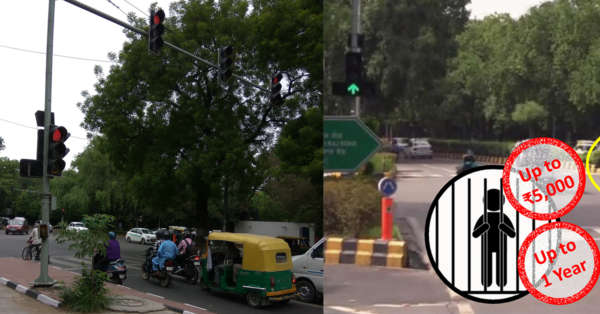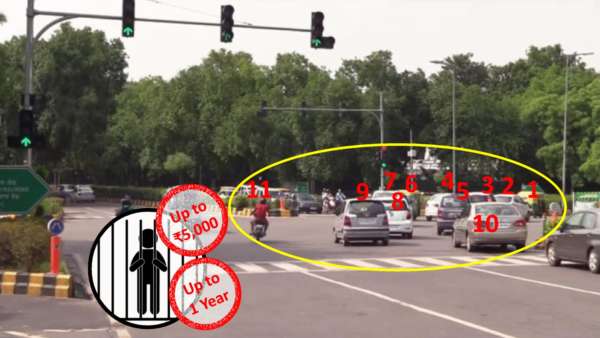A recent survey by the Institute of Road Traffic Education (IRTE), along with School of Planning and Architecture (SPA) titled Resolving the Crisis of Traffic Management In Delhi has revealed appalling facts relating to road infrastructure including traffic lights, signs and marking. The finding of the study and the corrections based upon the findings of the study will enable reduction of traffic violations, and improve congestion and road safety.
The survey found that 801 signs amounting to 54% of total inserted in rectangular boards either in blue or yellow colour are against the UN code of road signs. The study highlights that hapless road users will be liable to be prosecuted with high penalties such as imprisonment up to one year and fine up to INR 5,000/- due to faulty road signs and signals defeating the very purpose of the provisions of the new legislation.

Similarly, the survey conducted on traffic light intersection found that most of the primary and secondary traffic signals were not functioning as per the prescribed standards or are wrongly installed. One of the major deficiencies was short blinking green signals used instead of an amber signal. The duration of amber clearance before the red light appears is so short that in present conditions a large percentage of drivers are being caught without any fault.
Unveiling the findings, Dr. Rohit Baluja, President IRTE said that the recent study across Delhi found that more than 70 percent of the Traffic Control Devices including road signs, traffic signals and road markings were not up to the standard and were leading to the occurrence of millions of traffic violations without the fault of the road users.
He also added that the Motor vehicle amendment bill 2016, which is the revision of the Motor vehicles act 1988 has been passed by the Lok Sabha and should be tabled in the Upper House during the next session. In order to make the legislation successfully implementable it is important that these deficiencies of traffic control devices must be set right.
NOTE: The report and data was submitted by Institute of Road Traffic Education, (IRTE)


